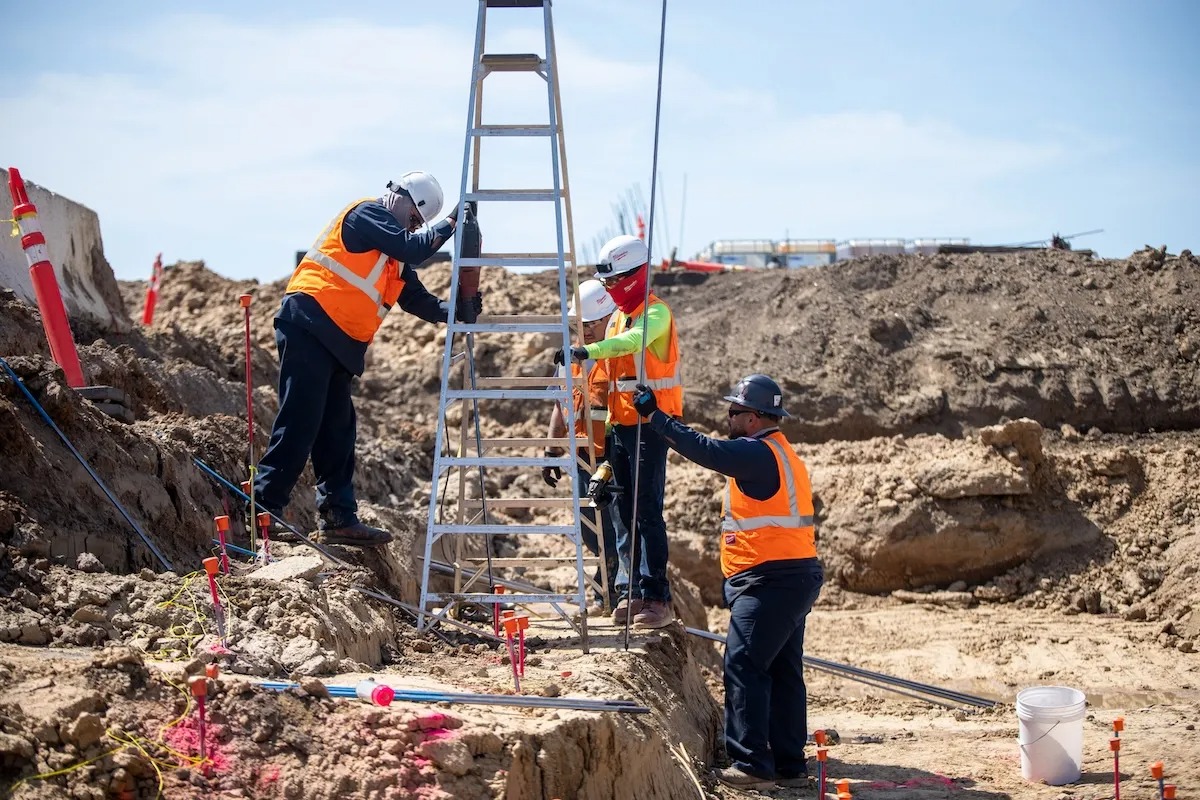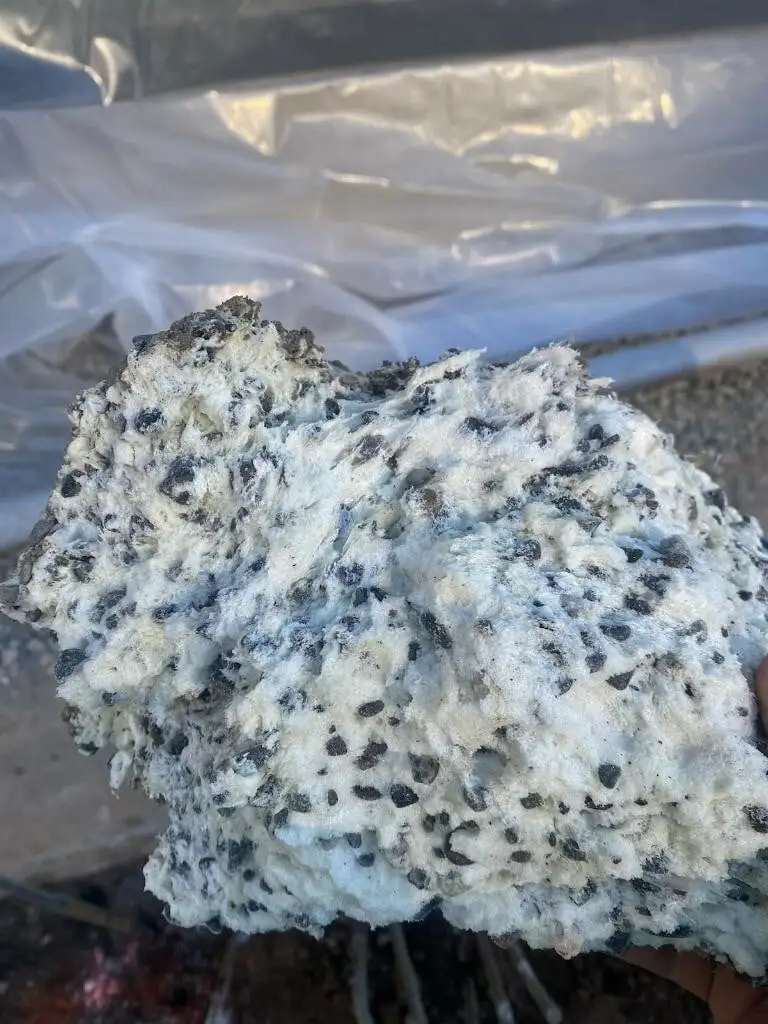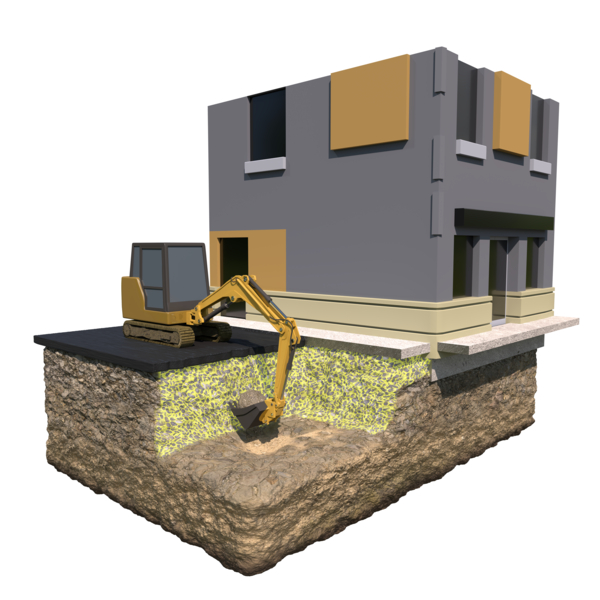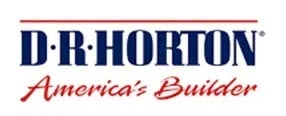Stabilize Before You Dig
Excavating near foundations, utilities, or retaining structures in loose fill is risky. Pea gravel, 57 stone, and other granular soils lack cohesion—making trenches prone to collapse, washout, or equipment instability. Our excavation support service uses precision polyurethane injection to stabilize the base and walls of your dig zone, creating a safer, more controlled excavation environment.

What Is Excavation Support?
Excavation support is a pre-dig soil stabilization method designed to reduce risk and improve safety when excavating in unstable or non-cohesive materials. This is particularly important when digging through backfilled areas, gravel bases, or loose subgrades near structures.
By injecting structural-grade polyurethane into the gravel, the material binds and densifies, increasing its load capacity and limiting lateral movement during excavation. This allows contractors to dig with greater confidence and less risk.
Where Might Excavation Support Be Needed?

- Beneath existing slabs or foundations
- Near utility lines or vaults
- Behind retaining walls
- Around column footings
- In pre-backfilled construction zones
- Along building additions
- At pipeline trench entry points
- On sloped or eroded terrain
We Recommend Excavation Support If You See:
Excavation sites with open-grade materials or granular aggregates are prone to shifting, making effective shoring essential. Recognize these signs to maintain project stability.

- Digging in pea gravel or 57 stone
- Shifting or sloughing trench walls
- Excavation near load-bearing structures
- Backfill over loose or eroded soils
- Vibration from nearby equipment or traffic
- Water-infiltrated gravel zones
- Retaining wall excavation
- Unstable trench bases
- Utility trench failures
- Prior soil collapse incidents on-site
Is Excavation Support Necessary?
Yes—especially in commercial and infrastructure projects where safety, speed, and cost control matter. Unsupported granular soils can shift without warning, creating hazardous conditions for workers and threatening nearby structures or utilities.
Stabilizing the excavation zone in advance reduces the risk of collapse, accelerates dig timelines, and allows safer access to sensitive areas without overexcavation or shoring.
What Are the Advantages of Excavation Support?

A stabilized dig zone increases safety and productivity for your team and project.
- Improves Worker Safety: Prevents trench collapse in unstable materials.
- Reduces Overexcavation: Supports controlled, minimal cuts around structures.
- Faster Access to Utilities: Allows precision digging without disruption.
- Supports Equipment Loads: Prevents soft zones under excavators or trench boxes.
- Ideal for Urban Sites: Stabilizes narrow, restricted, or high-traffic dig areas.
Common Problem Areas
- Gravel utility trenches
- Building addition tie-ins
- Stormwater or sewer vaults
- Excavation behind retaining walls
- Mechanical/electrical duct banks
- Pipeline access points
Shore Up Open-Grade Excavation Sites with Groundworks’ Polyurethane Shoring Solutions.
How Does Excavation Support Work?
We stabilize loose fill in and around the dig zone before excavation begins.
- Site inspection and soil type identification
- Mapping of excavation depth and width
- Placement of small injection ports at surface
- Polyurethane injected into pea gravel or fill zones
- Material expands and binds the granular material
- Soil cohesion improves and lateral movement decreases
- Confirm zone stability through field testing or resistance
- Excavation proceeds with reduced risk
- Optional secondary treatment during or after dig
- Final site review and reporting
Why This Is the Best Choice

- Reduces risk of trench wall collapse
- Allows safer work near sensitive assets
- Ideal for non-cohesive fill materials
- Quick stabilization in hours, not days
- No excavation required for access
- Adaptable to site conditions and layouts
- Eliminates costly delays from collapse or overdigging
- Backed by commercial field experience
Contact Groundworks for Excavation Support
Excavation Support with Polyurethane Stabilization
Groundworks delivers targeted stabilization for granular and loose soils to prepare for safe excavation. Whether you’re working in pea gravel, 57 stone, or poor backfill, we help you dig with confidence. Contact us today to schedule a pre-dig evaluation.
Names You Know Trust Groundworks with Their Toughest Foundation Issues





We want to learn about your project.
FAQs
No—but it reduces the risk in unstable zones and can supplement shoring when required.
Yes. Polyurethane cures in minutes, allowing same-day excavation in most cases.
Yes. Our team uses non-invasive methods and depth controls to avoid utility disturbance.
Expansion is controlled within the treated zone, typically several feet per injection.
Gravel, pea gravel, 57 stone, and any non-cohesive fill respond well to this method.
Disclaimer / Terminology
Excavation Support: Ground stabilization performed before digging begins.
Pea Gravel / 57 Stone: Common granular fill materials with low cohesion.
Polyurethane Injection: Expanding resin used to bond and stabilize soils.
Lateral Movement: Side-to-side shifting of soil, especially during excavation.
Overexcavation: Removing more soil than necessary due to instability or collapse.